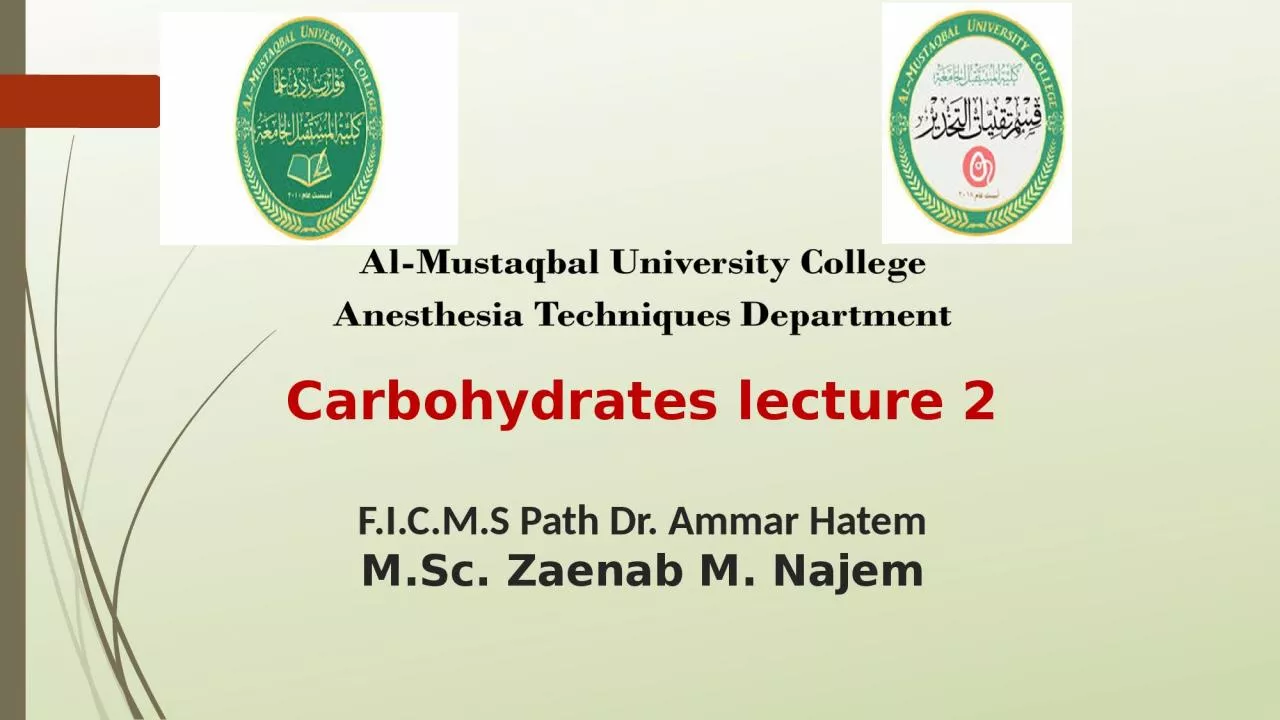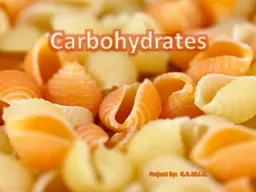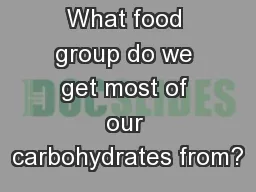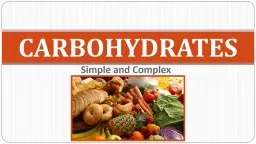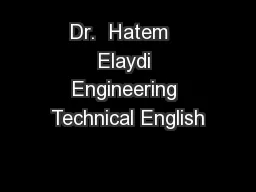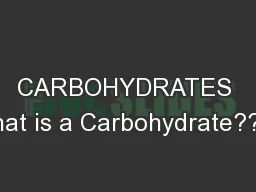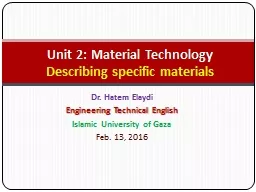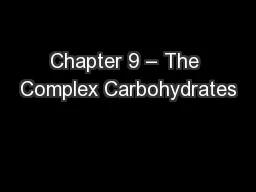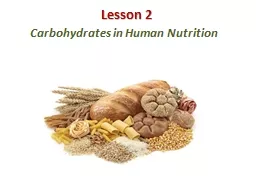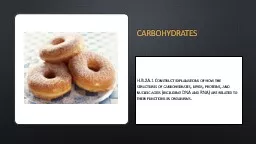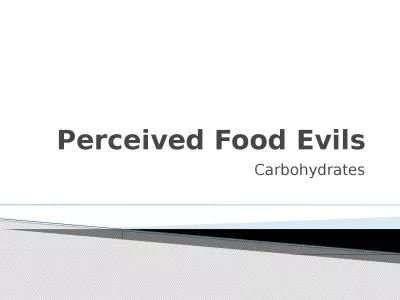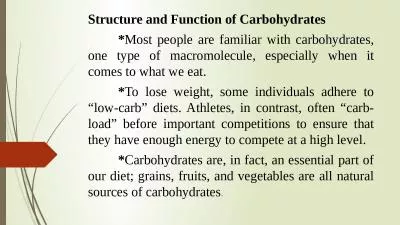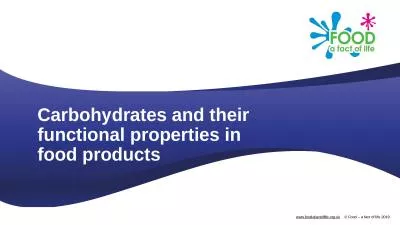PPT-Carbohydrates lecture 2 F.I.C.M.S Path Dr. Ammar Hatem
Author : jones | Published Date : 2023-05-22
MSc Zaenab M Najem Glucose metabolism Glycolysis is the sequence of reactions that converts glucose into pyruvate in the presence of oxygen aerobic or lactate
Presentation Embed Code
Download Presentation
Download Presentation The PPT/PDF document "Carbohydrates lecture 2 F.I.C.M.S Path D..." is the property of its rightful owner. Permission is granted to download and print the materials on this website for personal, non-commercial use only, and to display it on your personal computer provided you do not modify the materials and that you retain all copyright notices contained in the materials. By downloading content from our website, you accept the terms of this agreement.
Carbohydrates lecture 2 F.I.C.M.S Path Dr. Ammar Hatem: Transcript
Download Rules Of Document
"Carbohydrates lecture 2 F.I.C.M.S Path Dr. Ammar Hatem"The content belongs to its owner. You may download and print it for personal use, without modification, and keep all copyright notices. By downloading, you agree to these terms.
Related Documents

